20+ Years Experience
Specialist Business Insolvency Company
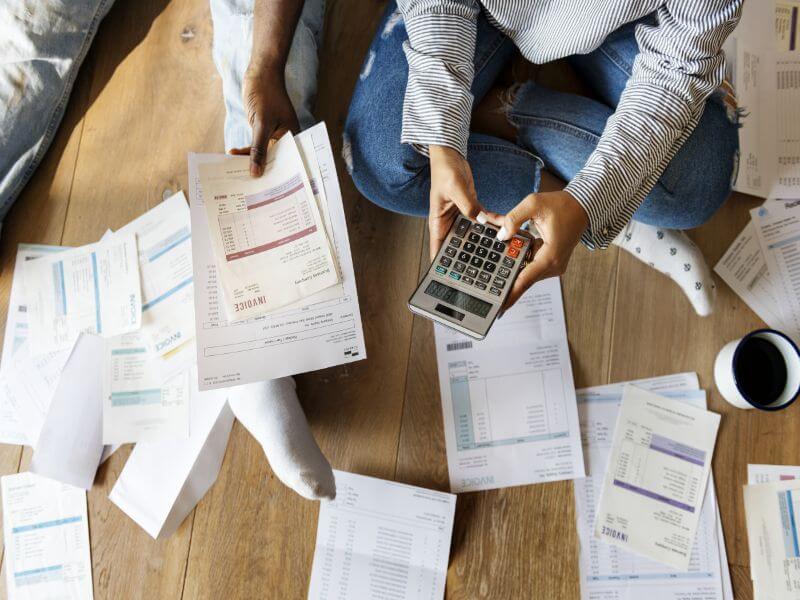
Get in Touch Today to Speak to a Specialist Adviser
A “Bounce Back Loan” may sound like a good thing, but it isn’t available to everyone.
As it turns out, those who operate as sole traders can’t pay these loans. If you’re a sole trader, you may wonder why this is the case and what other options you have to help your business stay afloat during the Covid-19 crisis.
Sole traders may be eligible for payment holidays and repayment flexibility if they cannot repay their Bounce Back Loan.
There may also be other financial assistance available depending on individual circumstances, so it is best to speak to an accredited financial adviser for more information.
This post will cover all you need to know about Bounce Back Loans and why they’re not an option for sole traders.
The UK Bounce Back Loan Scheme, introduced by the government in response to the economic impact of the COVID-19 pandemic, is a comprehensive loan system to support small businesses.
The scheme allows eligible companies to borrow up to 25% of their annual turnover up to a maximum of £50,000. Furthermore, the government has indicated that they will pay the interest applied on any loans taken out through this program for the duration of 12 months.
The introduction of this scheme has been largely considered a positive step for helping small businesses keep afloat during an unprecedented time in which most have seen drastic reductions in income.
While critics argue that it does nothing to address more fundamental issues facing small businesses, such as access to capital and subsequent financial risks, others point to its successful application for thousands of companies across the UK since its launch earlier this year.
The debate has centred around whether or not sole traders should be able to take part in this scheme; some feel that those running such businesses should have the same benefits as larger organisations, while others question why such businesses require additional support if they are being run by a single individual who can access other emergency funding measures.
Both sides recognise the importance of providing much-needed support at this difficult time, which has only been exacerbated due to the struggles many small businesses face, including sole traders.
While debates continue over who should be able to take advantage of this support package, it is clear that certain criteria must be met for an applicant to receive a Bounce Back Loan. This next section will discuss who can get a Bounce Back Loan and what criteria they must meet.
The UK government introduced the Bounce Back Loan (BB&L) as part of its COVID-19 support package, and it’s been a lifesaver for many businesses.
The UK economy has seen a sharp downturn due to the pandemic, with small businesses bearing the brunt of it. As such, the government rolled out BB&L to help keep them afloat.
Many have asked whether self-employed individuals and sole traders also qualify for BB&L.
The answer is yes; they can access funding to ensure their business continues to operate during these difficult times.
More than 2 million loans have already been given through this scheme, which covers up to 25% of a company’s annual turnover or £50,000, whichever figure is lower.
The BB&L scheme makes it easier for sole traders to access capital during this crisis. It’s worth noting, however, that obtaining a loan is not guaranteed.
Each lender will assess a business’s eligibility individually and decide whether they are comfortable offering them capital.
For example, lenders may be unsure about lending money to small businesses or those with limited trading history. Each lender also typically has its own criterion for determining eligibility.
Therefore, before applying for a BB&L as a sole trader, it’s advisable to consider the implications of taking on the loan and whether one is likely to get approved by a lender based on their profile and position in the marketplace. All these factors must be considered before taking out a loan as part of this government initiative.
At the end of the day, when considering the BB&L scheme as an option for sole traders, they should take into account the risks associated with it while making informed decisions after gathering all relevant information necessary.
One thing is certain – if you meet all requirements and provide all the necessary documentation needed, there’s no doubt that you can access funds through BB&L as a sole trader.
The UK Government launched the Bounce Back Loan Scheme (BBLS) to respond to the economic impact of the COVID-19 pandemic.
The scheme was created to support small businesses, including sole traders. However, the BBLS has several requirements for a loan to be approved.
To be eligible, applicants must be based in England and have been trading as a sole trader before 1st March 2020.
You must be able to confirm that your business has suffered or is likely to suffer significant financial hardship as a result of the coronavirus.
This could include being unable to pay taxes or reducing the number of employees due to a slowdown in business.
In addition, the loan can only be used for business purposes, such as paying salaries, rent and general overhead expenses.
The amount available under BBLS will depend on an applicant’s turnover.
However, it cannot exceed 25% of their turnover from 2019 or £50,000 (whichever is lower). To apply for a loan, you must provide documents such as bank account statements and proof of identity.
On the one hand, some people may argue that it is unfair for sole traders to face such stringent requirements when applying for a Bounce Back Loan.
They argue that larger businesses should not be given preferential treatment and that the government should try to provide more assistance tailored to sole traders.
On the other hand, some believe these eligibility criteria are necessary to ensure that only genuine businesses access funds and prevent fraud.
It is important to understand BBLS requirements if you are considering applying for a loan as a sole trader.
Once eligibility criteria have been confirmed, it is time to look at interest rates and repayment plans.
Interest rates play a large role in sole traders paying back their Bounce Back Loans.
The current interest rate on a Bounce Back Loan is 2.5%, making them relatively attractive to sole trader borrowers.
This is especially true when compared to other loan products with higher interest rates that may be available to self-employed individuals.
While this low rate of interest could help cover some of the expenses related to running a business, it should also be noted that many traditional loans offer lower rates of interest which, depending on the circumstances, may make borrowing from these sources potentially more beneficial.
The repayment period for a Bounce Back Loan is set by the lender at six years and cannot be longer or shorter than this period.
This allows borrowers to spread their payments over a long-term period and can work in their favour if needed.
It is always wise, however, to pay as much back on the loan as possible over this time frame to minimise interest costs and facilitate faster repayment in full.
The combination of reasonable repayment terms and low-interest rates make Bounce Back Loans an attractive solution for sole traders who need assistance during times of economic hardship, such as the ongoing COVID-19 pandemic.
However, any potential borrower must understand that failure to make timely payments on the loan can lead to increased debt burden and further financial stresses, which should be considered when deciding whether this type of borrowing is right for them.
If you cannot pay your Bounce Back Loan, you should consider a few things before deciding.
The first is the potential impact on your credit score if you don’t make the repayments. Defaulting on a loan can negatively affect your credit history, making it difficult to apply for loans and other financial products.
For many sole traders, access to finance and funding can be difficult as there are no guarantors or collateral for lenders to fall back on, so it’s important to think carefully about how missing payments can potentially damage your reputation and ability to get funding further down the line.
Another thing to consider is whether any government support schemes can help with a portion of your repayments while you get back on your feet.
Most lenders have announced financial support options to make it easier for people affected by Covid-19 to continue making their payments, such as deferring or restructuring their loans or introducing lower interest rates.
But along with those added benefits will come repayment holidays and long-term payment plans that could potentially lead to additional interest charges or fees, which could increase the total cost of your loan even further – making it even more challenging to repay eventually.
Before you decide what to do, it may be worth finding out what alternative options are available from both government support schemes and private lenders – as well as researching what could happen if you choose not to meet your Bounce Back Loan repayments.
By understanding the risks involved in each situation, you can make an informed decision about how best to protect your business in the future.
Leading into the next section: Having explored the potential consequences of missing repayments on a Bounce Back Loan, alternatives to repayment relief must now be considered to ensure long-term financial stability for self-employed individuals.
Sole traders have several repayment relief options, including taking out a Bounce Back Loan, offering a repayment plan, converting loans from short-term to longer-term instruments, and refinancing.
Businesses should stay updated on changes in loan terms and market conditions to take advantage of potential savings opportunities.
Other alternatives for accessing credit may also be more suitable for sole traders.
The most obvious is taking out a Bounce Back Loan if they need additional funds to cover their existing loan.
This option should be explored if the business doesn’t yet have the liquidity to make payments on the existing loan.
Another alternative is offering a repayment plan. Many lenders will agree to either extend the current loan term or provide a payment holiday to help reduce monthly payments and bring them in line with what the business can afford.
This could involve extending or reducing the loan’s interest-only period, especially in sudden fluctuations in business income.
In some cases, converting loans from short-term instruments into longer-term ones may also be appropriate.
Conversion of an unsecured loan into a secured one might also be an option for some businesses.
For example, long-term real estate loans often offer more attractive rates than short-term unsecured loans. Businesses may wish to realize the potential benefits of such a conversion when considering repayment relief.
Refinancing offers another viable alternative for sole traders seeking repayment relief.
This allows them to pay off existing debt while obtaining better rates and terms on their new loan. Although this could result in higher monthly payments than what they had previously been paying, it could save them money if they lock in lower rates.
No matter which route you choose, it’s important to stay up-to-date on changes in loan terms and market conditions so your business can take advantage of any potential savings opportunities.
With careful planning and research, businesses can manage their debt without needing relief or restructuring measures.
Now that we’ve discussed alternatives to repayment relief for sole traders let’s look at other options for accessing credit that may be more suitable for their business needs.
Sole traders have several options available if they cannot access a Bounce Back Loan.
Many other financing opportunities are available for sole traders, depending on their individual needs and circumstances, such as:
Personal loans: Personal loans from high street providers and online lenders could be an option for sole traders.
These loans usually have set terms, including fixed repayments over a specified period. It’s important to ensure that the loan is affordable and that any collateral or security required is within reach.
Business credit cards: Credit cards can quickly provide businesses with access to funds, but the interest rates charged can be higher than those on a personal loan.
This means it’s important to ensure repayment terms can be met to avoid accumulating substantial debt.
Asset financing involves taking out loans against assets such as cars, machinery, and lorries that already exist in the business. The asset secures the loan and often means that lenders see less risk in offering finance.
Invoice financing or invoice discounting enables businesses to access funds from unpaid invoices faster than waiting for customers to pay up. Solve traders can apply for invoice finance when they have cash flow problems caused by late-paying customers.
Through crowdfunding websites such as Funding Circle, peer-to-peer (P2P) lending can provide additional funding for businesses without going through banks.
This form of lending typically involves applying online with information about the business’s finances before funding is offered at specific interest rates.
Merchant Cash Advances involve cash advances being given upfront in return for a percentage of future credit/debit card sales until the advance has been paid back in full.
This type of lending could be a quick-fix solution for businesses needing funds fast, as payments are taken automatically from customer transactions daily, and repayment terms are flexible. Still, interest rates here can be quite high.
Although there may be several alternative finance options available for sole traders which do not involve receiving help from the government, one should always weigh up the pros and cons before deciding which one would suit their needs the best.
In addition to researching the different types of loans available on the market, you should also consider how easy they would find it to manage such agreements, i.e. meeting repayments regularly and not missing any payments to avoid accumulating excessive debt they cannot afford to repay.
To apply for a Bounce Back Loan in the UK, you need to provide certain documentation that can validate your business as a Sole Trader.
This includes proof of identity, such as a passport or driving licence.
You will also require bank statements from the last three months, details of your trading history and possibly current financial information containing your income and outgoings.
In some cases, lenders may also ask for evidence showing that your business has been negatively impacted by the coronavirus (COVID-19). It is important to ensure you are providing all the necessary documentation to avoid issues with your application.
To qualify for a Bounce Back Loan in the UK, you must meet certain eligibility criteria.
First, you must be a business operating in the UK as a sole trader or a limited company or partnership.
You must have been trading before March 1st 2020, and not be in a forbearance situation with any lenders at the time of application.
Your total group annual turnover must not exceed £45 million, and you must demonstrate that your business has been adversely affected by the coronavirus pandemic.
Finally, you need to provide HMRC tax information and a Personal Guarantee from all owners who are based in the UK and own more than 25% of the business.
The approval process of Bounce Back Loans in the UK depends largely on how quickly the lender can process your application and verify the details you provide.
Most applications are reviewed within 24 hours from when they were submitted.
If approved, funds may be available either on the same day or two business days later, depending on your financial institution.
Although lenders do not guarantee quick turnaround times, if your application is complete and sufficient documentation has been provided, processing time frames can be relatively short, allowing borrowers to receive access to needed funds quickly.
Most banks and financial institutions have allocated larger teams to manage incoming applications, which helps speed up the approval process.
Sometimes, applications can take longer to process due to incomplete information, verification checks or complex loan structures.
When this occurs, it’s good practice to contact your lender directly, as they may be able to provide more information as to why delays have happened and what action you can take to help speed up the process.
Dissolving or striking off a Limited Company with an outstanding Bounce Back Loan is possible.
However, it is generally not recommended because it would likely be objected to, even if you do satisfy the relevant criteria.
Here are some other informative articles about business debt in the UK:

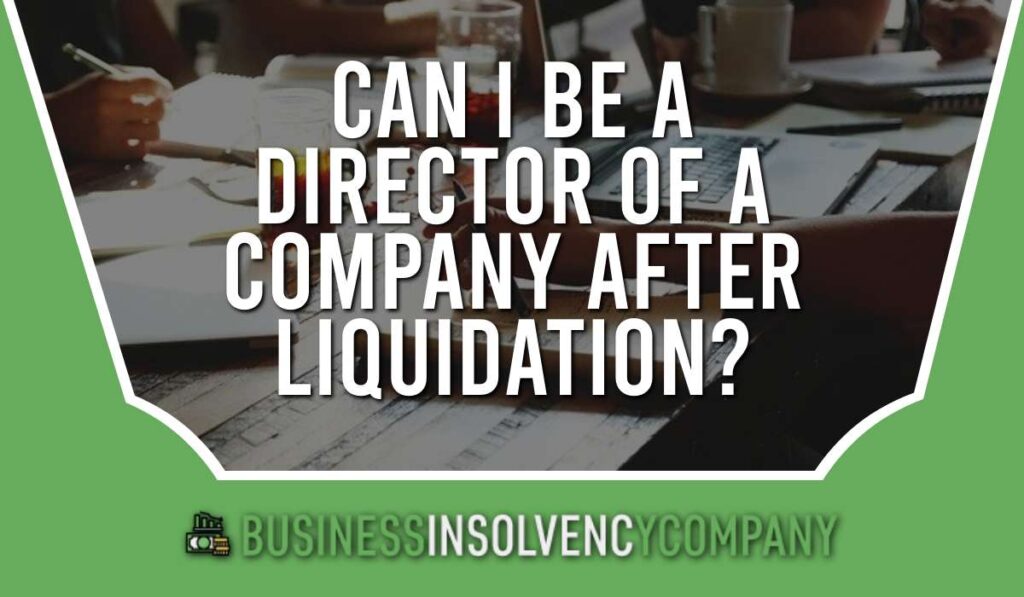


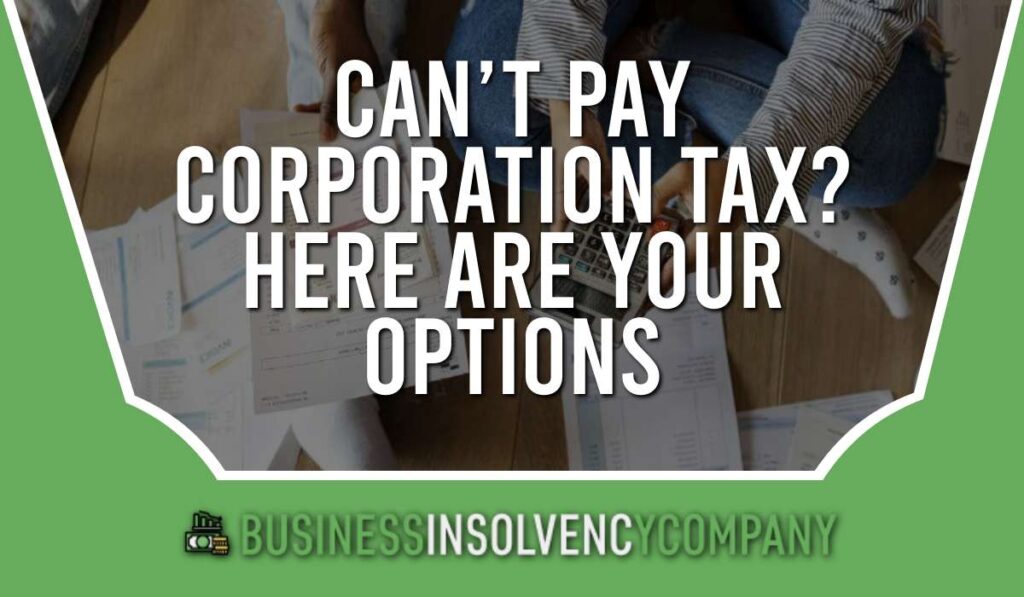

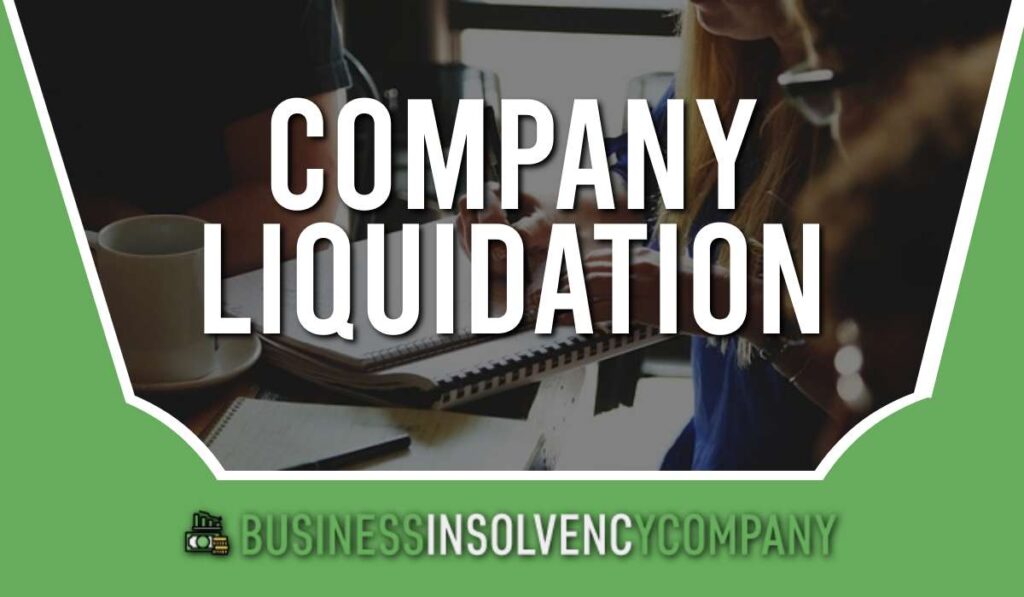
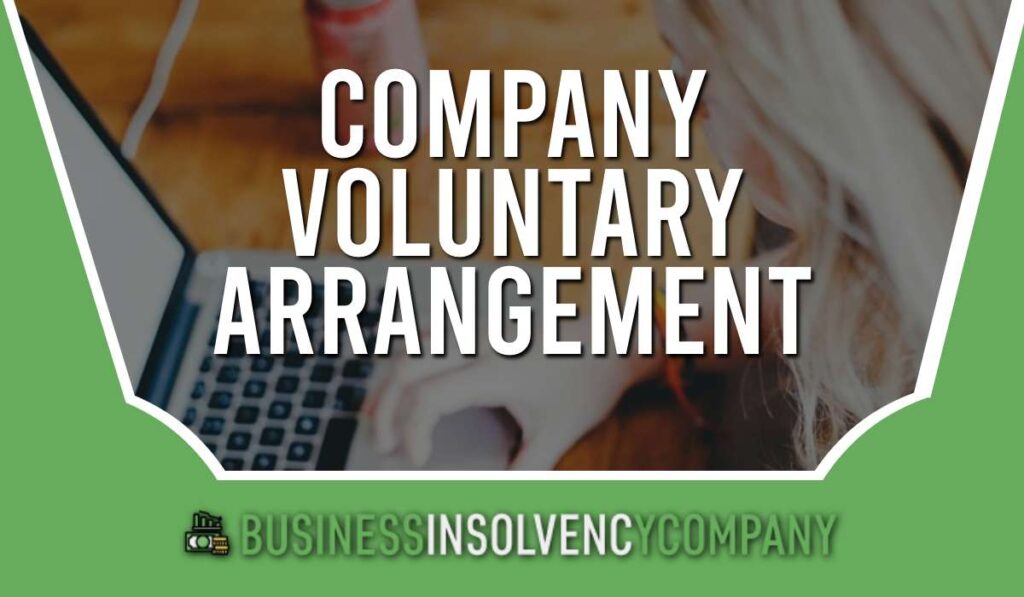

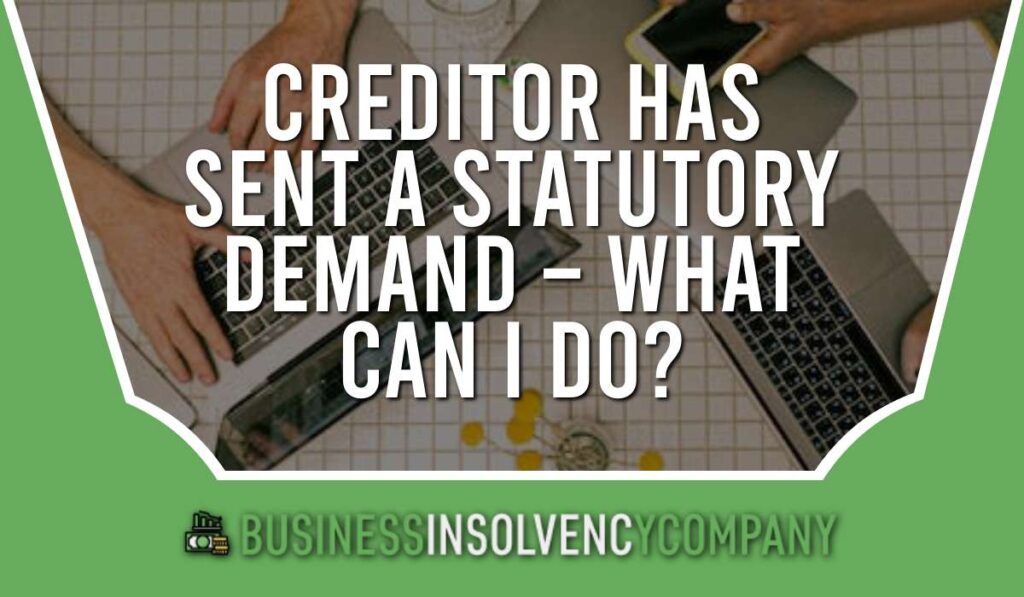
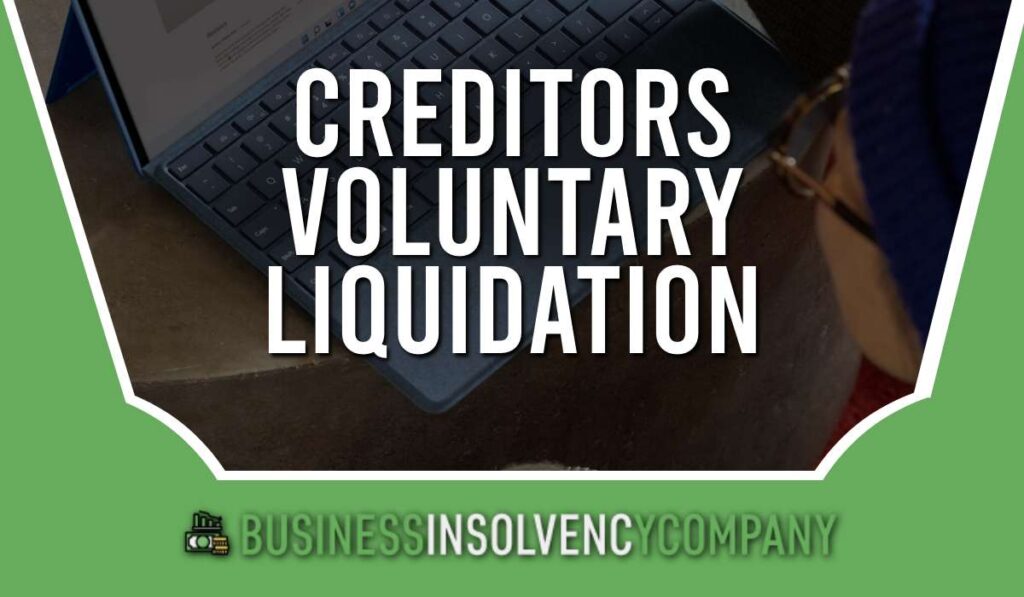
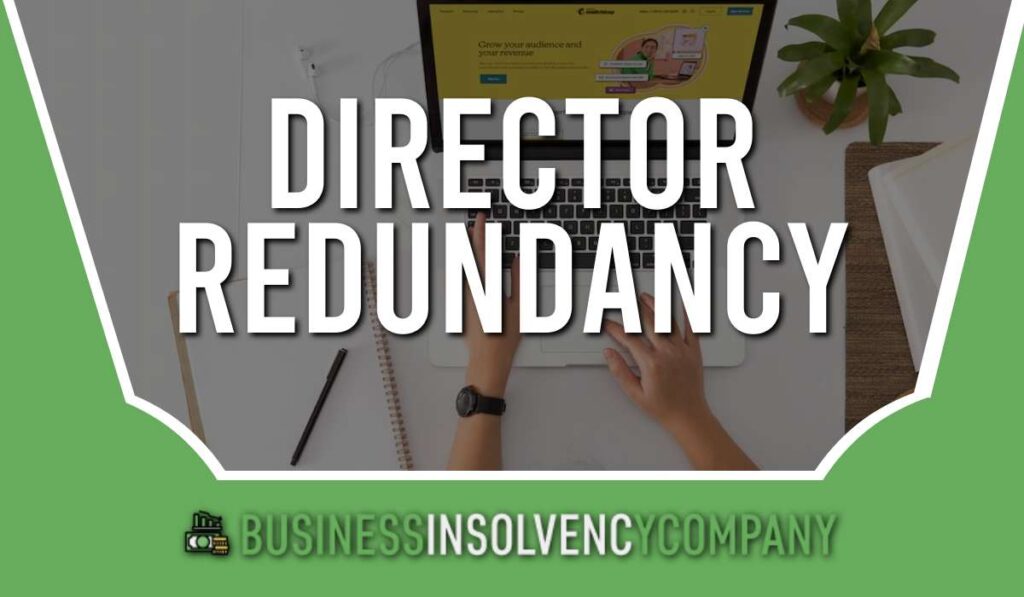

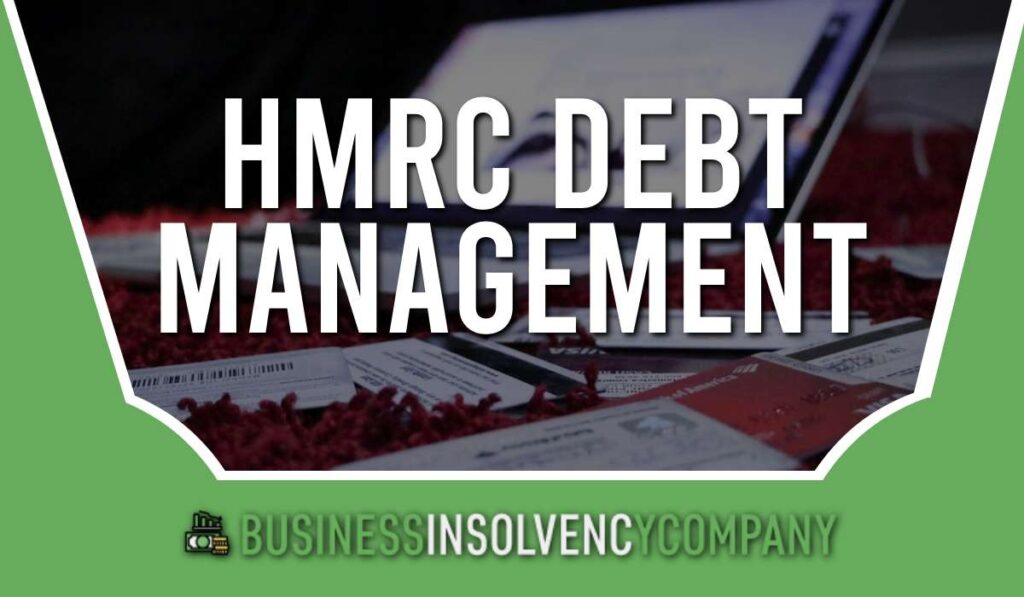

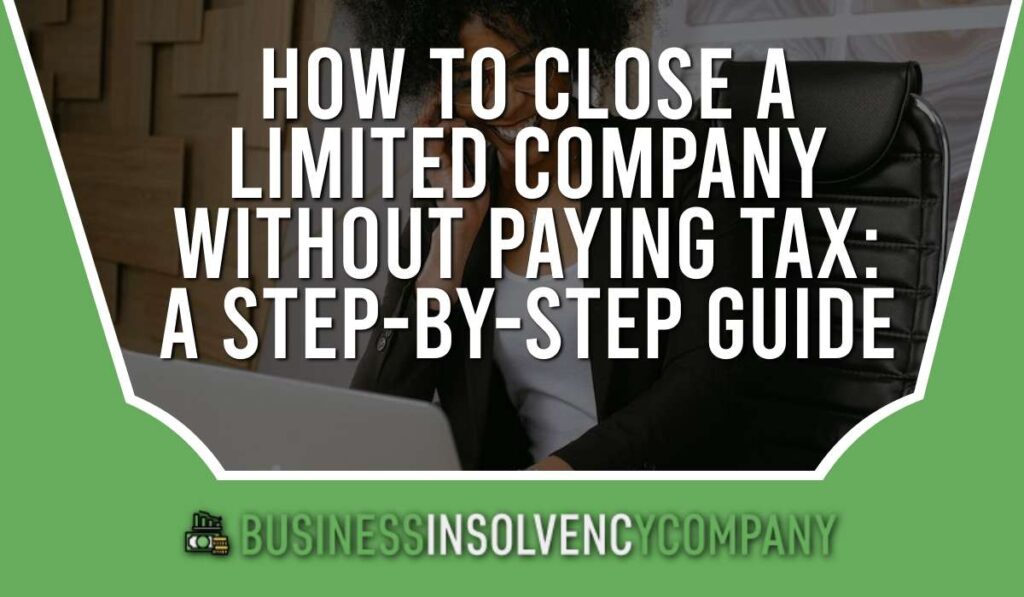
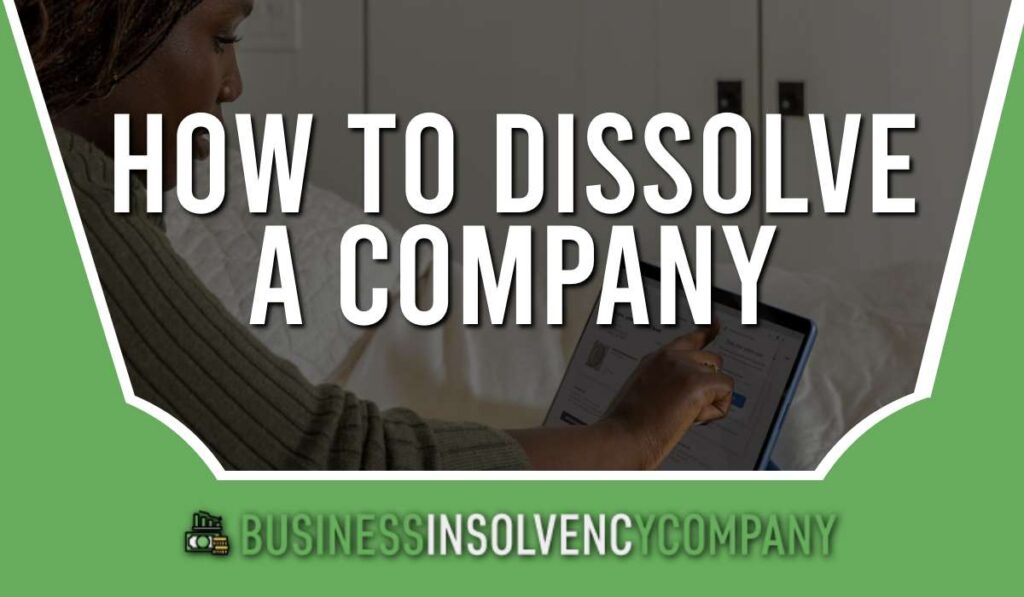



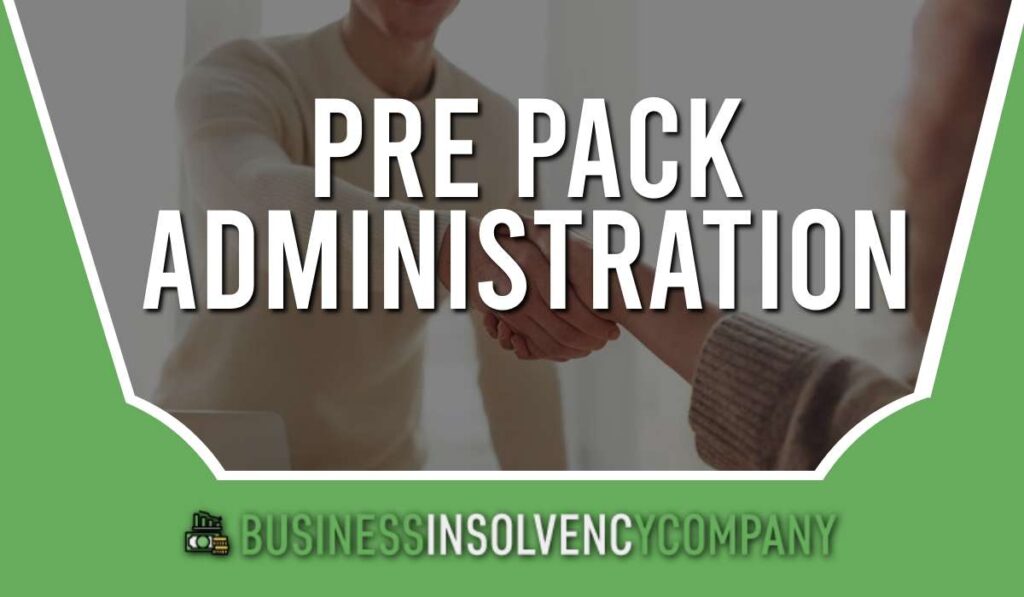





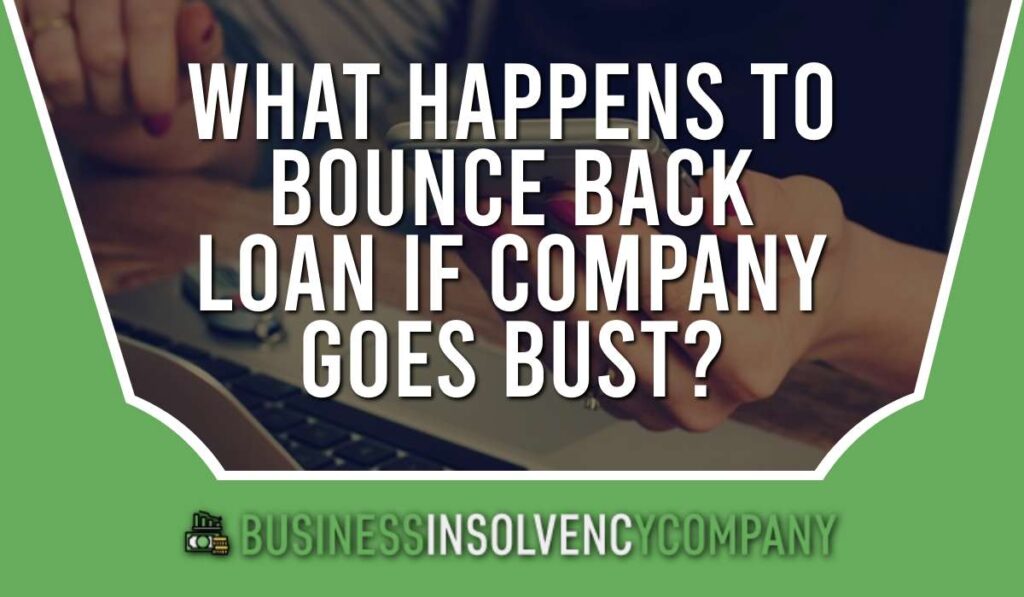
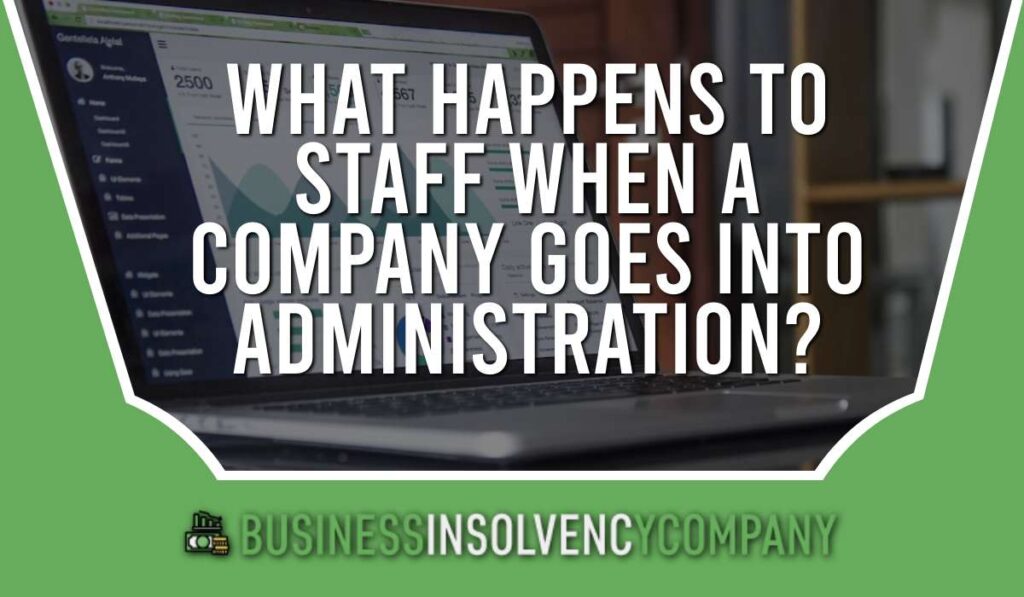

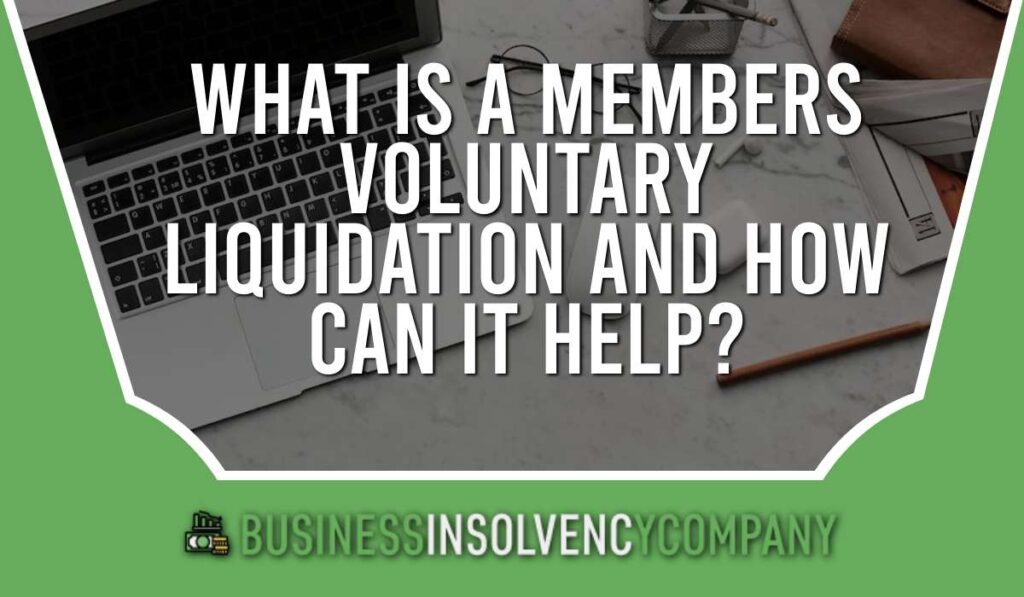

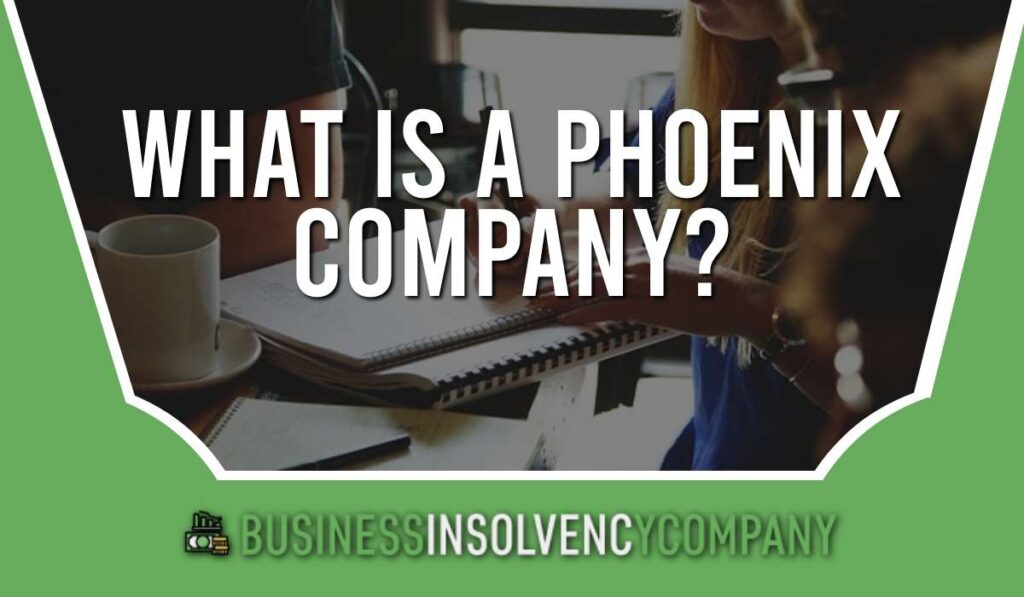

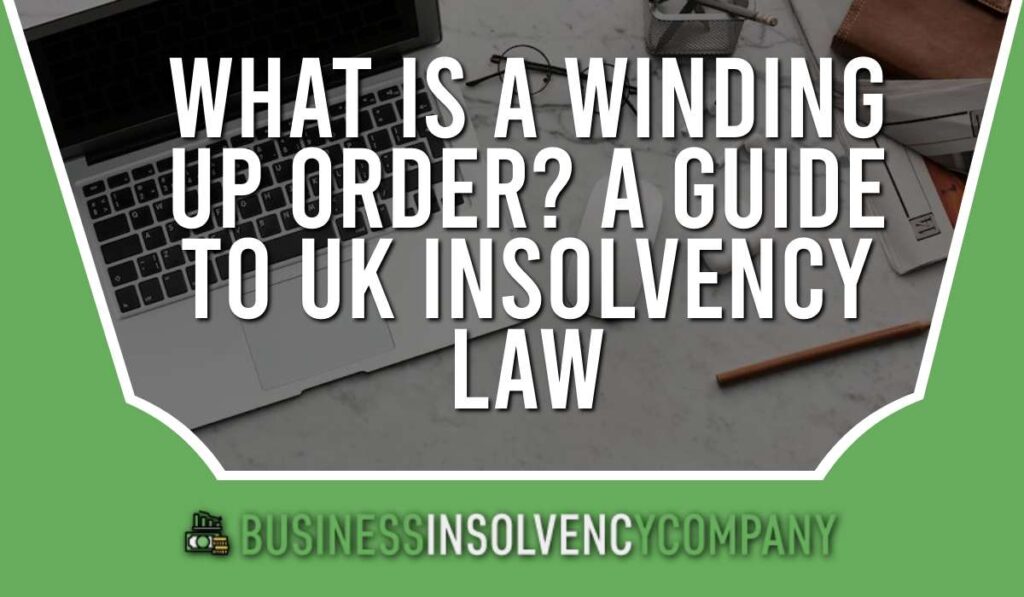




We Aim To Reply To All Enquiries With-in 24-Hours